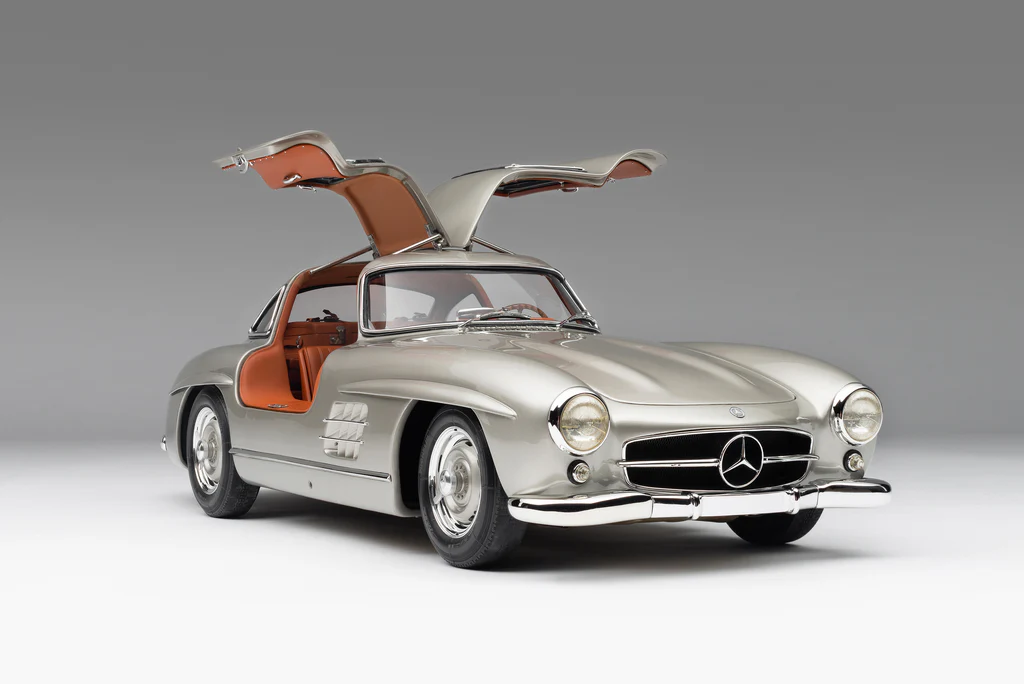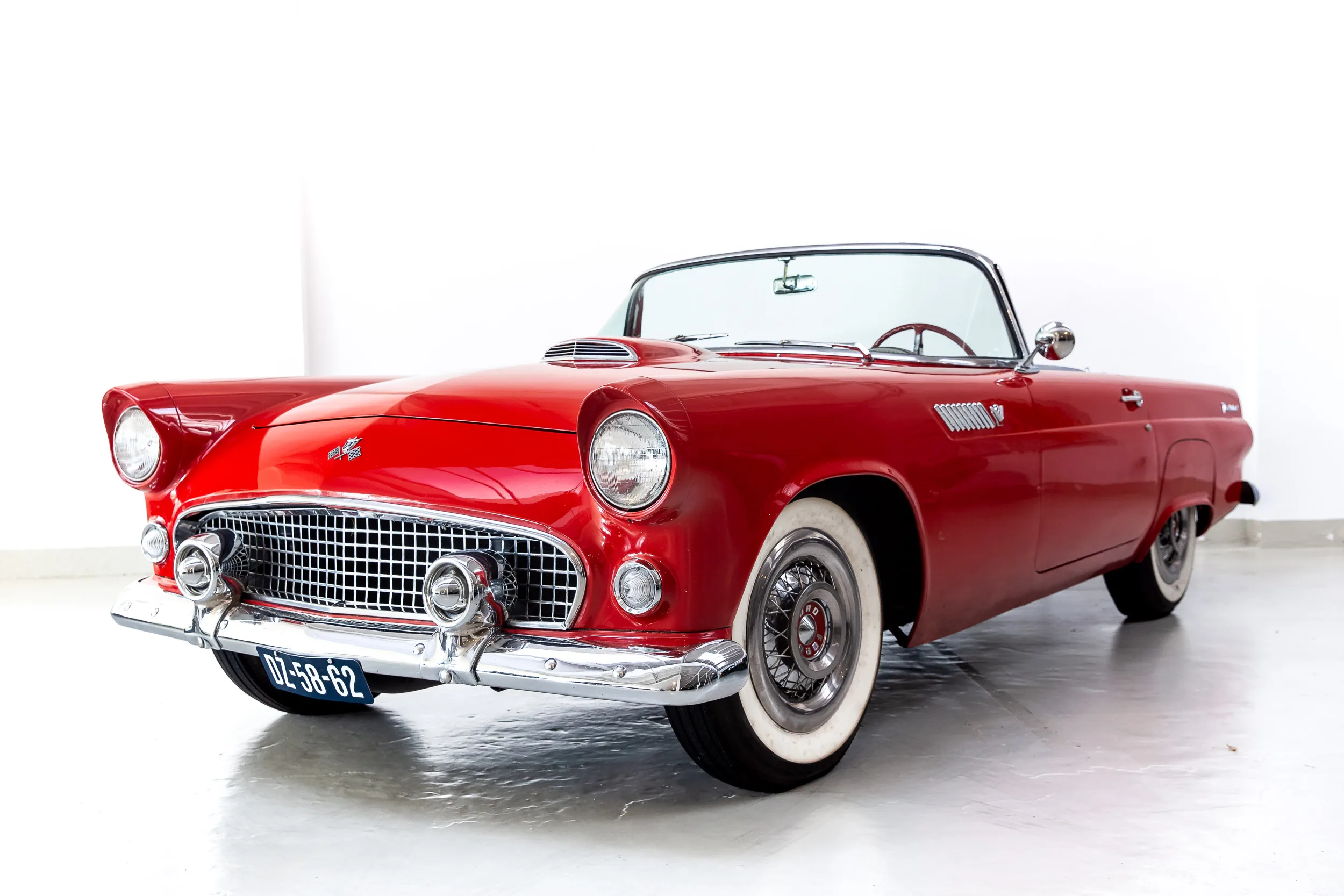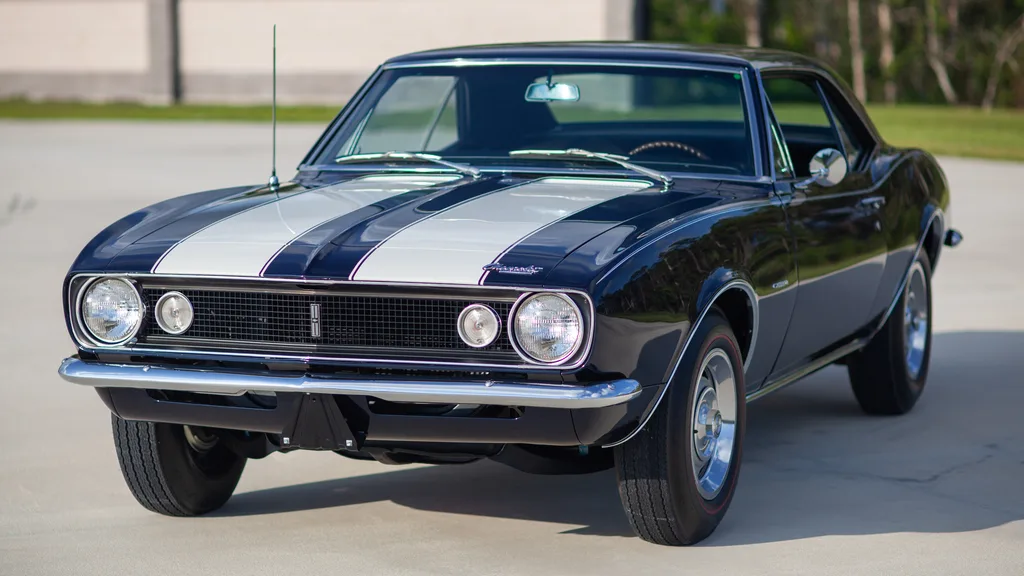Introduction
Cars have always been more than just machines—they represent power, identity, freedom, and even personality. But while the engines roar and the chrome dazzles, one often overlooked but equally important element is the name. The name of a car can capture its spirit, legacy, and character in just a few syllables.
Classic cars, especially, are remembered not just for their design and performance, but for the names they bore. From evocative names like the Mustang and Thunderbird to refined titles like Phantom and Continental, these monikers have become legends in their own right. In this article, we’ll take a detailed journey through automotive history, exploring the most iconic classic car names, how they came to be, and why they still capture imaginations decades later.
1. The Golden Era (1920s–1940s)
Rolls-Royce Phantom (1925–Present)
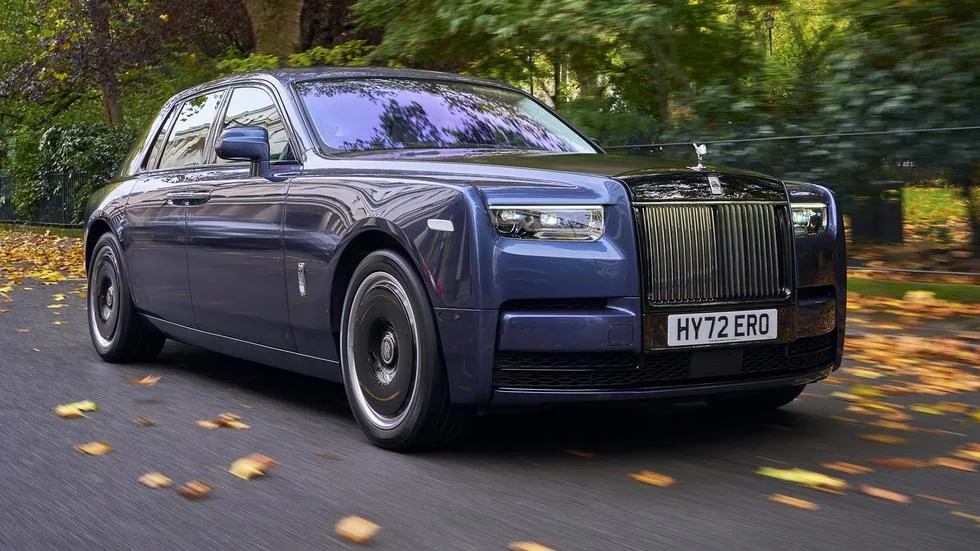
When Rolls-Royce introduced the Phantom in 1925, they weren’t just launching a new model—they were defining a legacy. The name “Phantom” was chosen to evoke mystery, elegance, and near-silent operation. The car lived up to its name, with an engine so quiet it was likened to a ghost gliding through the night. Over the years, successive Phantom models became symbols of supreme luxury, chosen by royalty, heads of state, and celebrities. The name still stands for excellence in craftsmanship.
Ford Model A (1927–1931)

After retiring the beloved Model T, Ford needed a successor that would capture the public’s imagination. They went back to the start, naming their new vehicle the “Model A.” Though the name was basic, the car was not—it offered mechanical improvements and styling far ahead of its time. The Model A was easy to maintain, reliable, and customizable, becoming one of the most accessible cars of its day. Its name is now a cornerstone in automotive nomenclature.
Cadillac V-16 (1930–1940)

Cadillac’s V-16 was a feat of engineering, boasting a 16-cylinder engine—unheard of at the time for a production vehicle. Its name, simple and technical, signaled what made it revolutionary: immense power and smoothness. The V-16 wasn’t just a car; it was an experience of quiet force and refined dominance. With coach-built bodies and opulent interiors, it was a symbol of prosperity during the darkest days of the Great Depression.
2. Post-War Classics (1950s–1960s)
Chevrolet Bel Air (1950–1975)
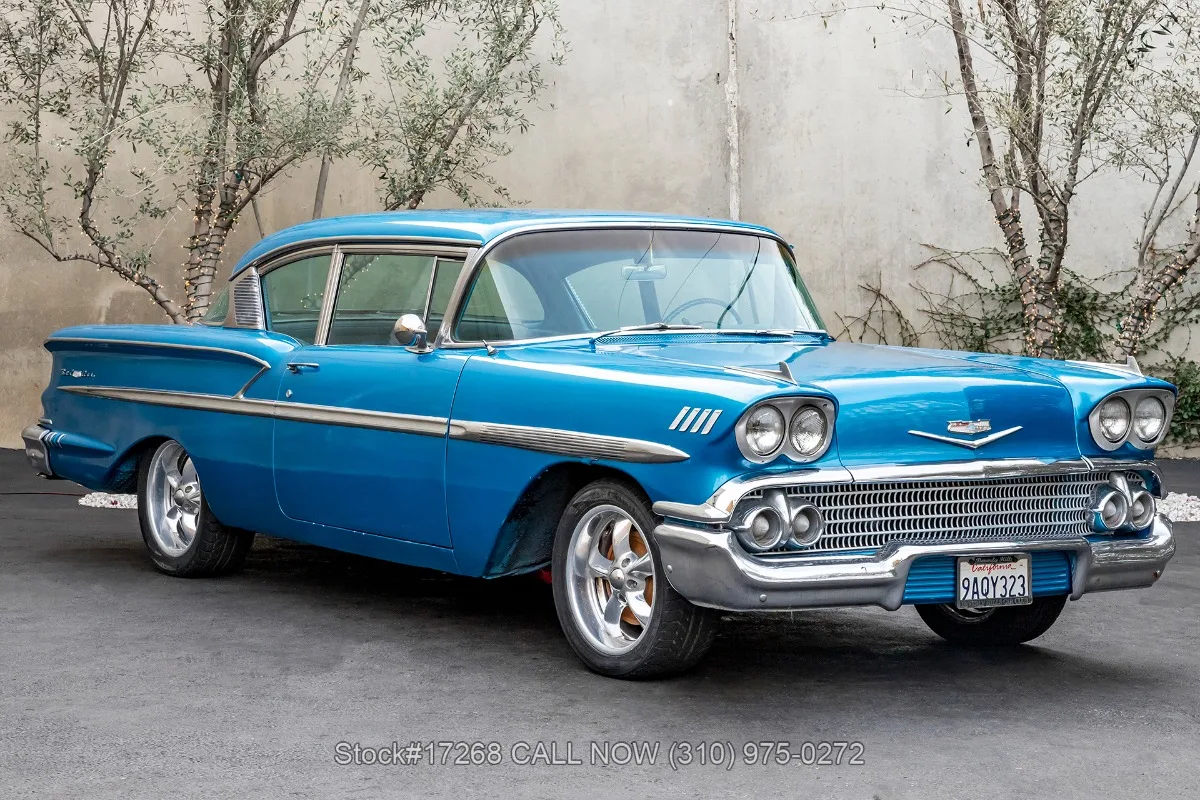
Few names evoke the 1950s quite like the Chevrolet Bel Air. The name conjures images of drive-ins, Elvis Presley, and booming American optimism. It was an icon of style, with tailfins, chrome, and two-tone paint jobs. The name “Bel Air” itself was inspired by the upscale neighborhood in Los Angeles, reinforcing the car’s image as fashionable, aspirational, and quintessentially American.
Ford Thunderbird (1955–1997)
The Thunderbird’s name is derived from Native American mythology—a mystical creature said to bring thunder and rain. Ford chose this name to reflect the car’s power and mystique. When it debuted in 1955, the Thunderbird defined a new category: the personal luxury car. It wasn’t just fast—it was comfortable and stylish, designed for cruising rather than racing. The name added a layer of allure and exoticism.
Jaguar E-Type (1961–1975)
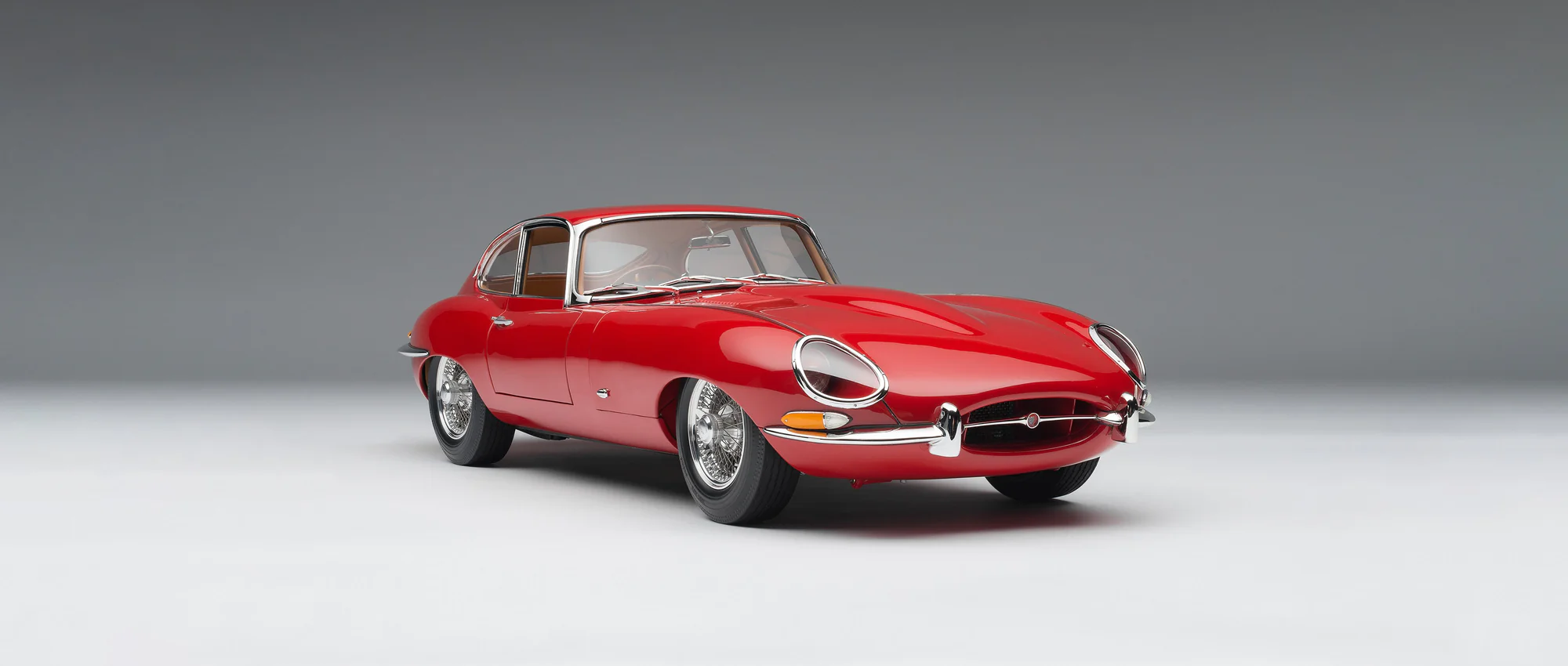
The Jaguar E-Type, known in the U.S. as the XK-E, wasn’t just a car—it was a revolution. Sleek and impossibly beautiful, the E-Type was the epitome of British sports car design. Its name, while technical-sounding, represented evolutionary design within Jaguar’s performance line. Even Enzo Ferrari admitted it was the most beautiful car ever made. Today, “E-Type” evokes the golden age of motoring and design excellence.
Mercedes-Benz 300SL (1954–1963)
With its gullwing doors and innovative fuel-injected engine, the 300SL was ahead of its time. The name stood for “Sport Leicht” (Sport Light), reflecting its design priorities. The car’s name became synonymous with exotic performance, and its legacy still influences Mercedes’ high-performance models. Collectors now pay millions for pristine examples, and the name remains a byword for racing pedigree and innovation.
3. Muscle and Style (Late 1960s–1970s)
Ford Mustang (1964–Present)
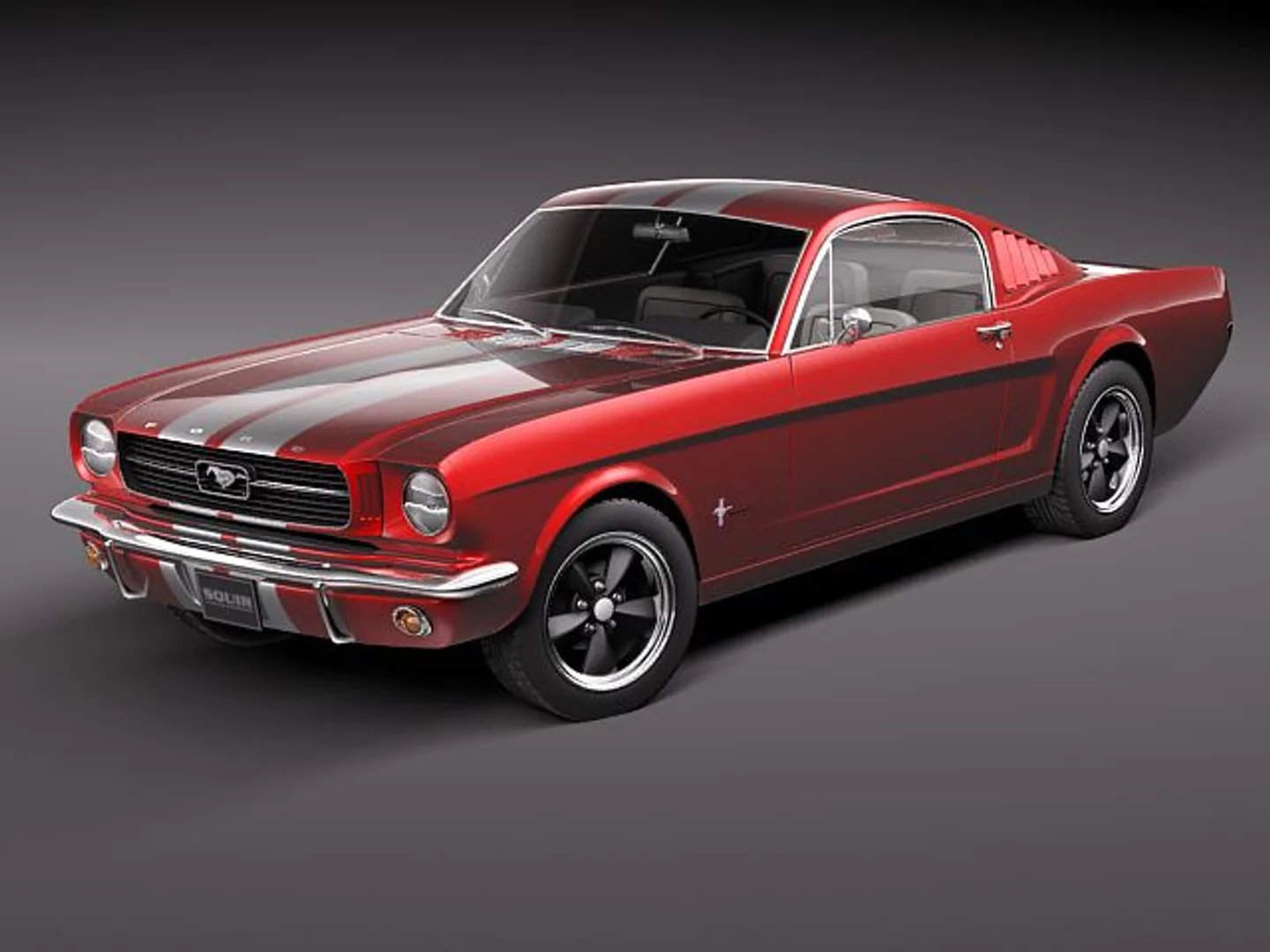
No car name captures American rebellion like the Mustang. Inspired by the wild horse of the plains, the Mustang was marketed as a car for young, adventurous drivers. It was compact, stylish, and powerful, yet affordable. The name perfectly suited the image of speed, freedom, and rugged individualism. The Mustang helped launch the pony car craze, and more than 50 years later, the name remains among the most recognized in automotive history.
Dodge Charger (1966–1978)
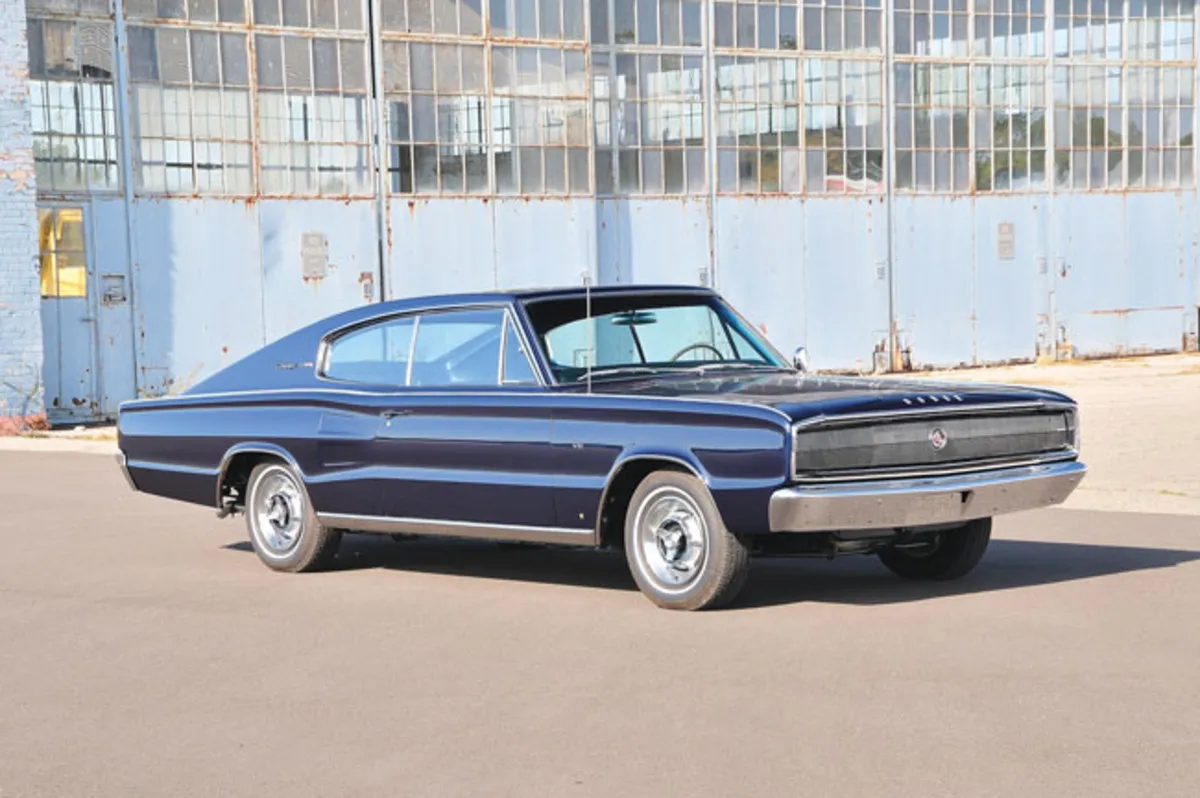
The name “Charger” screams aggression and energy. Introduced in the muscle car era, it boasted high horsepower and an intimidating stance. The Charger’s name and design were perfectly matched—it looked and sounded like a car that meant business. It achieved Hollywood fame through movies like Bullitt, and its reputation lives on in modern-day iterations.
Chevrolet Camaro (1967–2002)
The Camaro’s name was designed to sound exotic and energetic. Chevy wanted a word that started with “C” to follow the Corvette in branding and landed on “Camaro”—a made-up name reportedly meaning “comrade” or “friend.” In reality, the name was chosen for its sound and association with performance. It competed directly with the Mustang and developed a loyal fan base of its own.
Pontiac GTO (1964–1974)
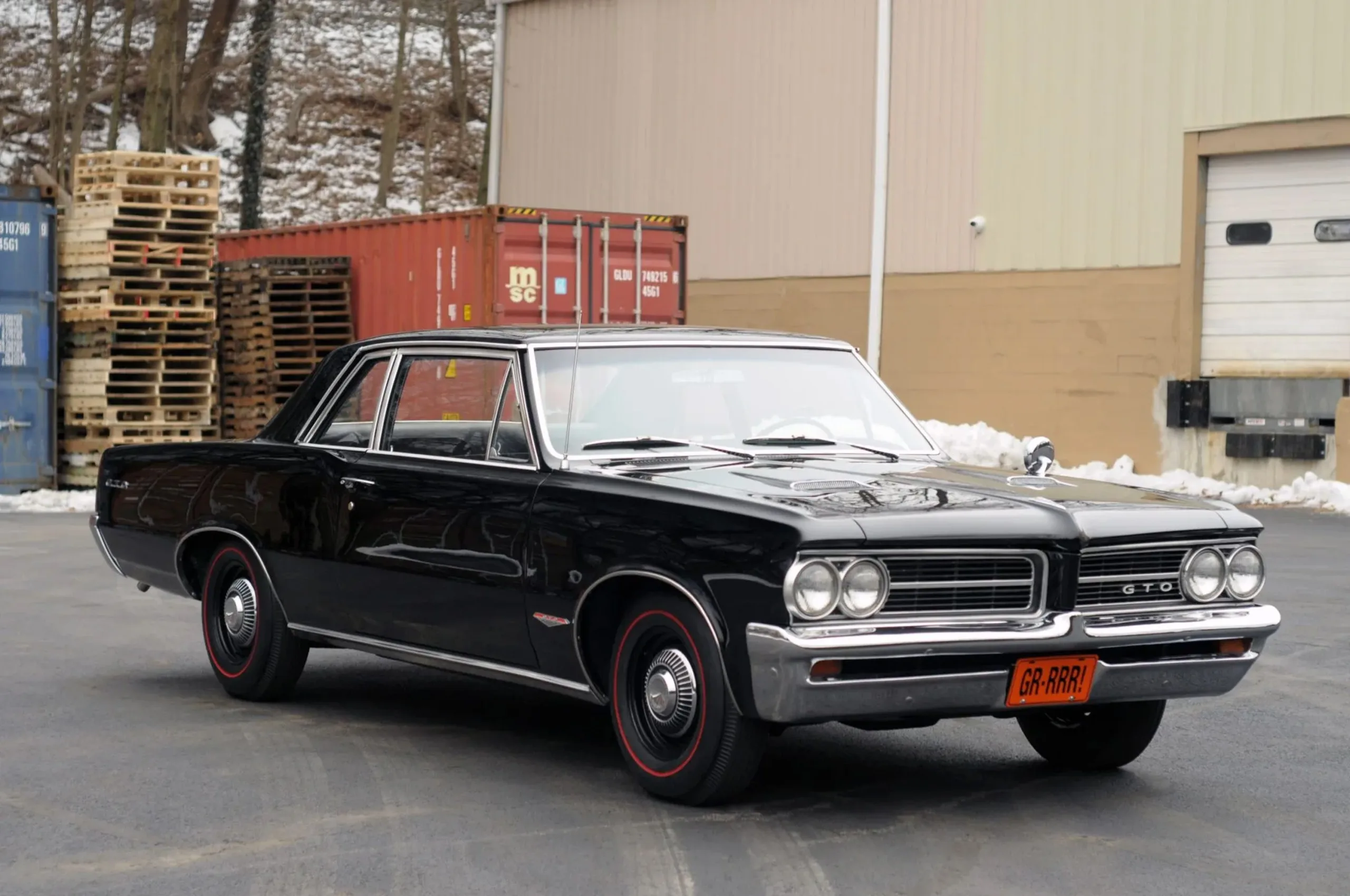
Borrowing its name from Ferrari’s 250 GTO, Pontiac’s GTO was often credited as the original muscle car. “GTO” stood for “Gran Turismo Omologato,” a nod to homologation standards in racing. The name lent it an aura of international racing prestige, even though the car was purely American muscle. The GTO became a legend on the drag strip and the street.
4. European Elegance
Ferrari 250 GTO (1962–1964)
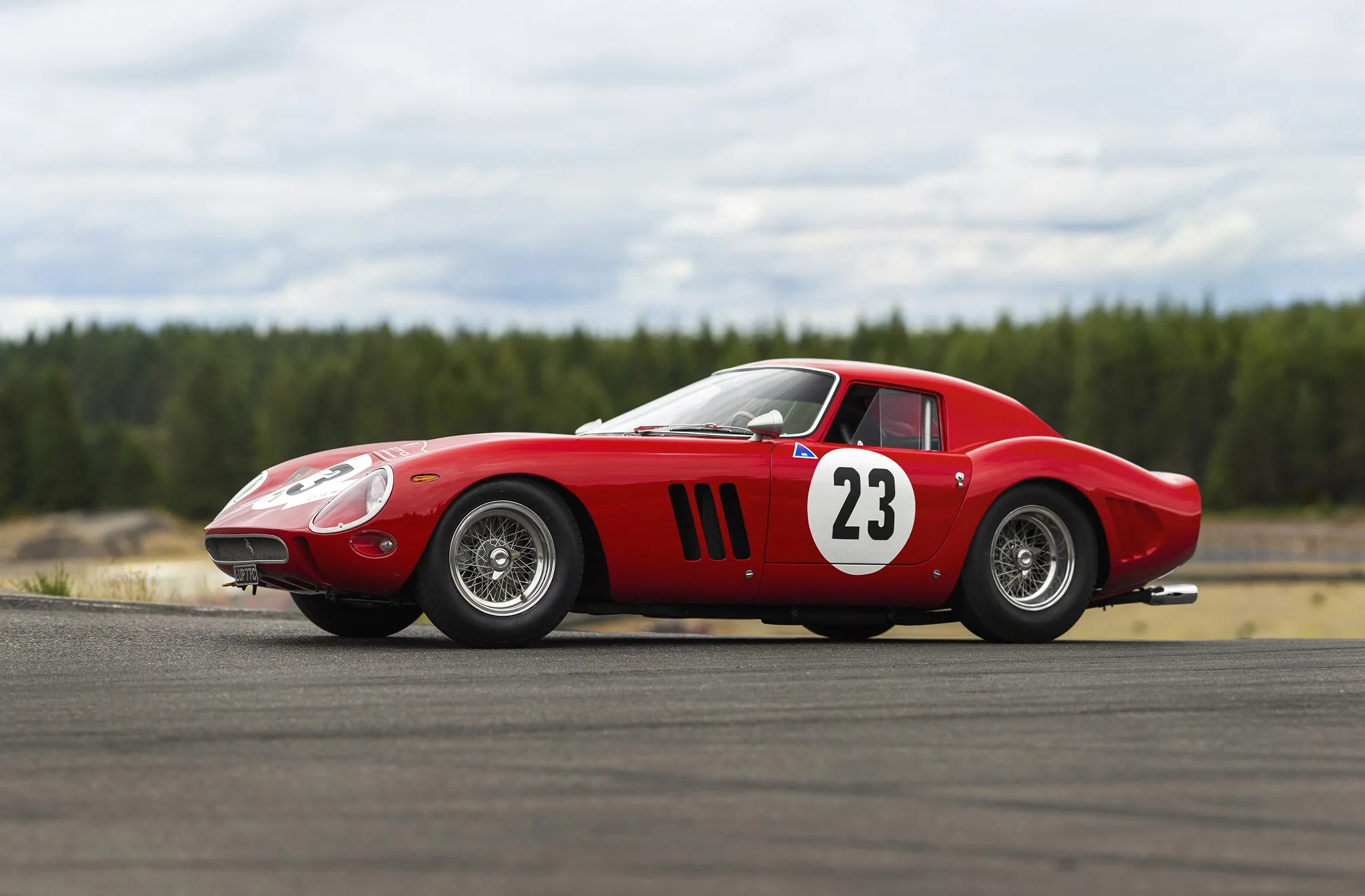
Possibly the most valuable car ever sold, the Ferrari 250 GTO is more than a name—it’s a symbol of elite performance. “250” denoted the displacement of each cylinder, and “GTO” stood for “Gran Turismo Omologato.” Ferrari’s GTO was a race-bred machine, but also beautifully styled. The name alone commands respect among collectors and fans alike.
Porsche 911 (1964–Present)
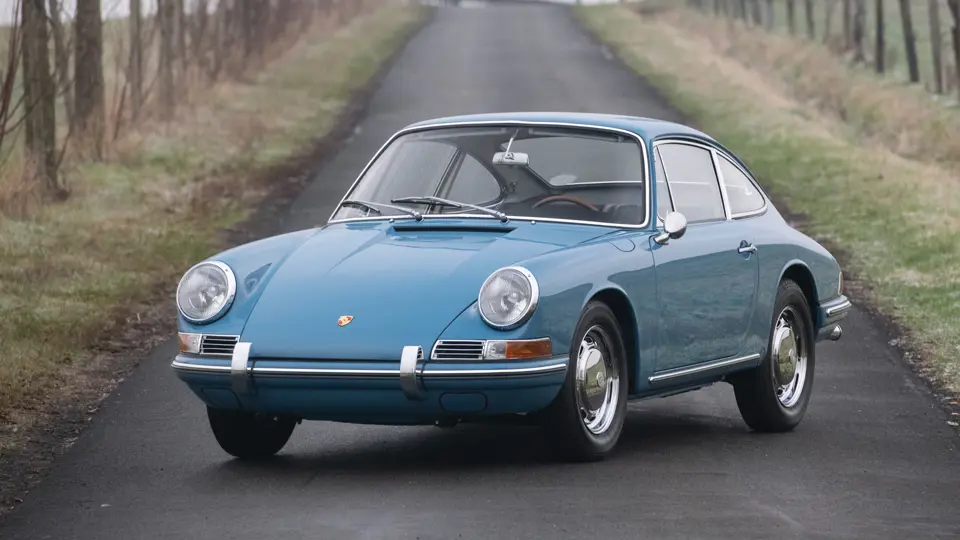
Originally introduced as the Porsche 901, Peugeot claimed the rights to three-digit names with a zero in the middle. Porsche responded by renaming it the 911, a move that unintentionally created one of the most iconic model names in history. The 911 has gone through decades of evolution, but its name remains constant—a testament to design continuity and brand identity.
Aston Martin DB5 (1963–1965)
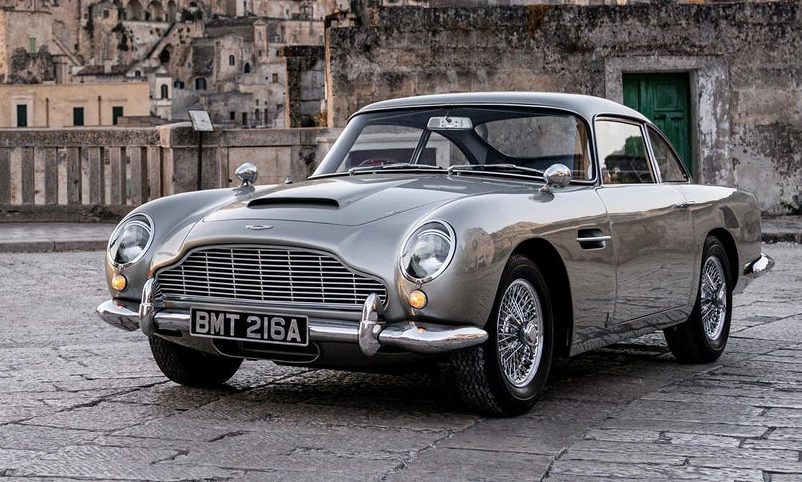
Named after David Brown, the industrialist who saved Aston Martin, the DB series became the core of the brand. The DB5 gained worldwide fame as James Bond’s car in Goldfinger. Its name now evokes not just British engineering excellence, but also cinematic style and sophistication.
Alfa Romeo Spider (1966–1993)
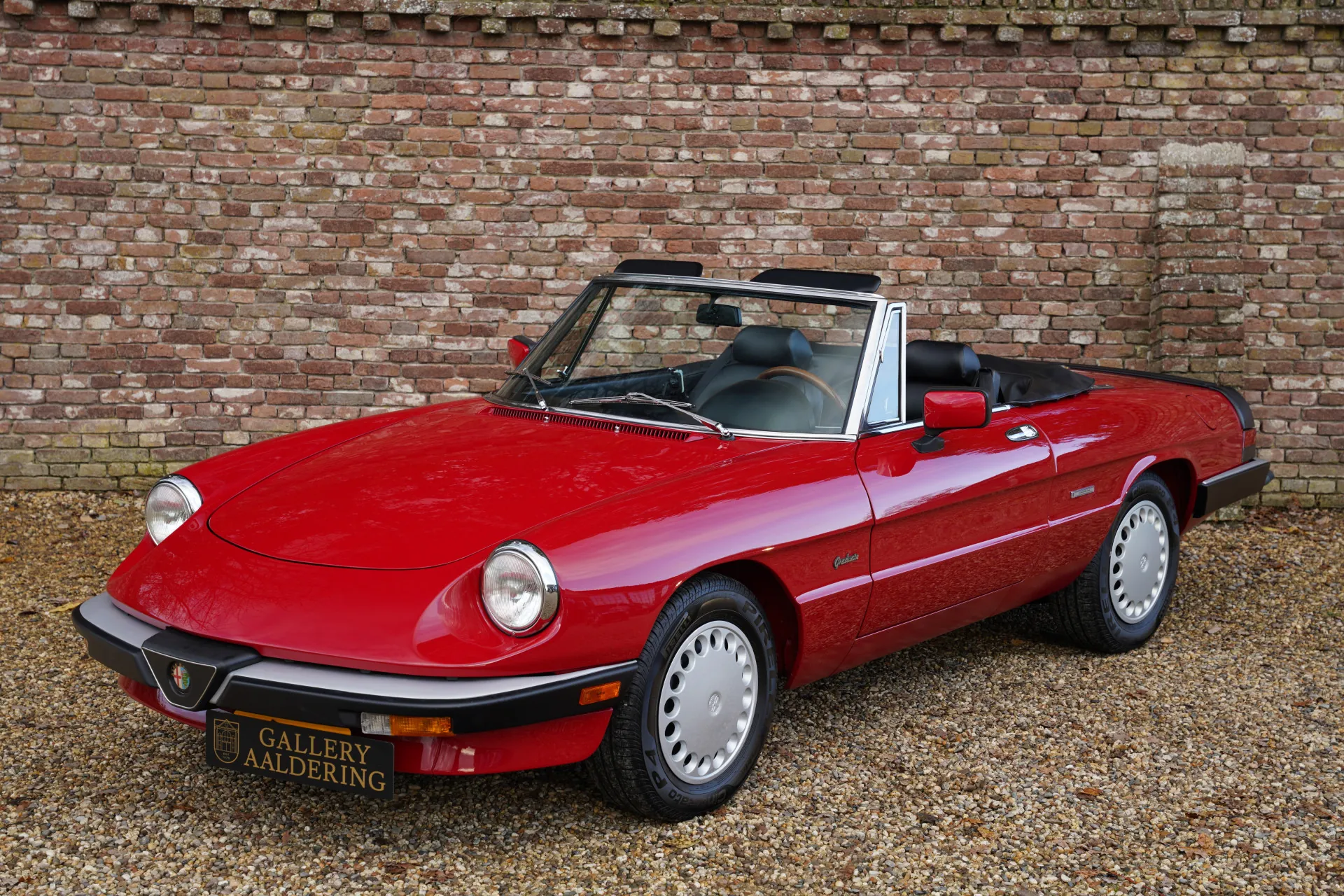
Alfa’s two-seater convertible earned its name from the Italian term “spider” or “spyder,” referring to lightweight, open-top vehicles. The Alfa Spider gained popularity for its looks and driving experience, especially after its role in The Graduate. The name “Spider” has since become shorthand for classic Italian roadsters.


